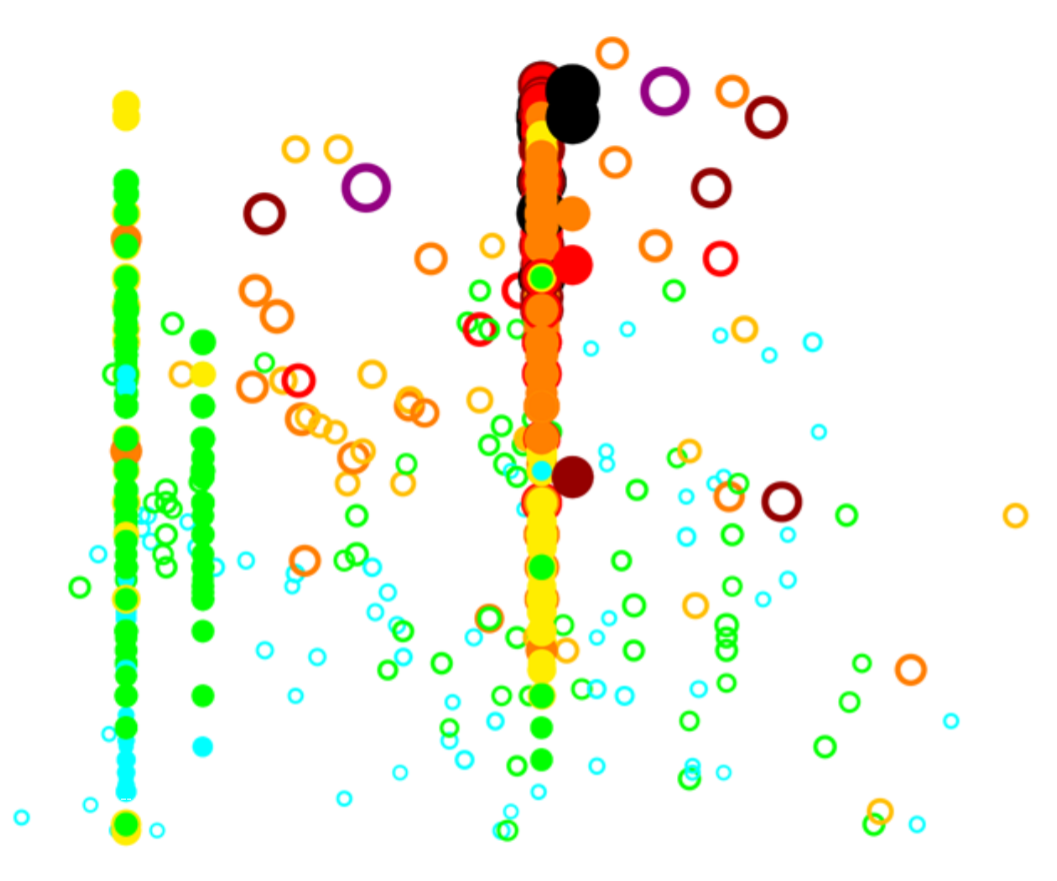Colloidal quantum dots (CQDs) allow broad tuning of the bandgap across the visible and near-infrared spectral regions. Recent advances in applying CQDs in light sensing, photovoltaics, and light emission have heightened interest in achieving further synthetic improvements. In particular, improving monodispersity remains a key priority in order to improve solar cells’ open-circuit voltage, decrease lasing thresholds, and improve photodetectors’ noise-equivalent power. Here we utilize machine-learning-in-the-loop to learn from available experimental data, propose experimental parameters to try, and, ultimately, point to regions of synthetic parameter space that will enable record-monodispersity PbS quantum dots. The resultant studies reveal that adding a growth-slowing precursor (oleylamine) allows nucleation to prevail over growth, a strategy that enables record-large-bandgap (611 nm exciton) PbS nanoparticles with a well-defined excitonic absorption peak (half-width at half-maximum (hwhm) of 145 meV). At longer wavelengths, we also achieve improved monodispersity, with an hwhm of 55 meV at 950 nm and 24 meV at 1500 nm, compared to the best published to date values of 75 and 26 meV, respectively.
Machine learning accelerates discovery of optimal colloidal Quantum dot synthesis
Journal: ACS Nano
Author(s): O. Voznyy, L. Levina, J. Fan, M. Askerka, A. Jain, M-J. Choi, O. Ouellette, P. Todorovic, L.K. Sagar, E.H. Sargent
Link: Journal Article


Add a Comment
You must be logged in to post a comment